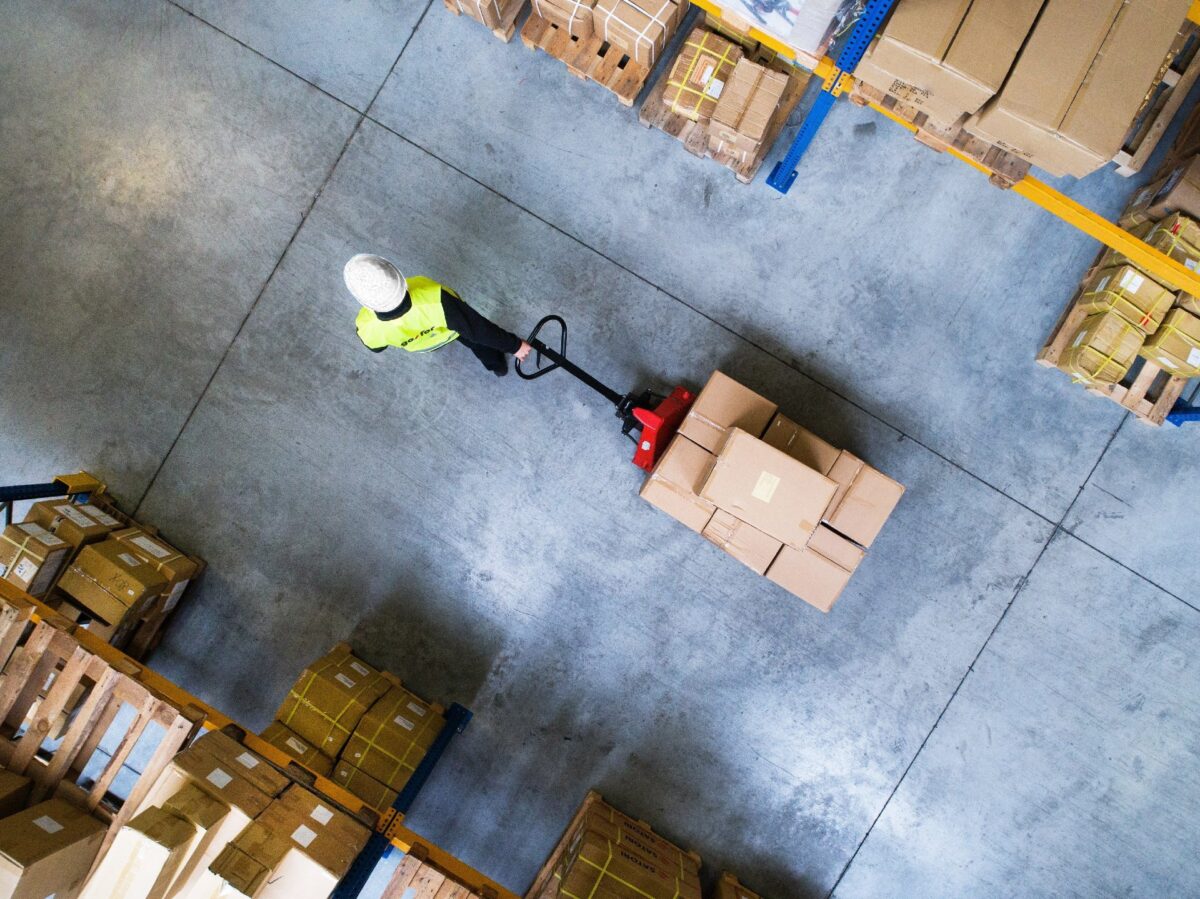Widespread Product Shortages Raise Havoc with Dealers’ Delivery Plans—and Budgets

Construction supply people are sounding a bit like Forrest Gump these days… and they’re not happy about it.
In the movie, Gump happily says life is like a box of chocolates because you never know what you’re going to get. In real life, product shortages have become such a problem that dealers too often find that emptying the latest delivery truck also is like opening a box of chocolates. Only this time, it’s missing many of the goodies that were supposed to be included.
Kinks have been tangling the building product supply chain for more than a year now, ever since the COVID-19 pandemic created an unexpected boom in building products. Despite lumber prices being way above their normal levels, demand remains so strong that mills are taking orders for product that they won’t put on rail cars for weeks—and that assumes there are no other problems between now and then. Meanwhile, imported products from Asia are piling up at West Coast ports, where the on-time arrival rate for container ships has plummeted from pre-COVID levels.
One modest-sized dealer’s CEO, a 45-year veteran of LBM work, described 2020 as “the most money I’ve ever made, and I enjoyed it the least.” Why? In part because of how unexpected product shortages kept his construction supply company from fulfilling a core promise: Delivering on time and efficiently everything the customer ordered.
In this CEO’s case, because suppliers couldn’t deliver the goods the dealer expected, his team regularly had to scrounge through the company’s four facilities to find needed products, then rush them over to the truck making the delivery. Often, they fell short.
“The other week, we went four days and never shipped a framing order complete,” the CEO said. “For every job, we had to go back to the site two or three times to clear the back orders. We had people on milk runs all day long.”
Milk runs—or hot shots, rush orders, emergency deliveries, hot runs, etc.—are almost always painful for dealers. Years ago, they were regarded as necessary evils. But dealers aren’t buying that notion anymore, even as they suffer through supplier shortages. Two operational metrics rapidly winning favor among dealers are reminding them regularly of just how much hot runs can sap profits.
The older and more popular metric they’ve embraced is OTIF (on time, in full): the percentage of goods that a dealer delivers by the time scheduled and with everything promised on board. OTIF doesn’t deal with profit, but dealers have discovered that the operational improvements they make to boost their OTIF rate almost invariably increase profit as well. For instance, if you deliver everything the first time, you don’t need an expensive hot run later to deliver what you had forgotten.
The other metric coming into favor is called “journey value.” It carries a dollar sign, because it shows the total value of goods that a dealer has on a truck when it leaves the yard. Because certain costs—the driver, gasoline, and insurance are examples—remain fixed regardless of the dollar value of goods on board, the more you can ship out on the same truck, the lower your cost of delivery as a share of revenue. That helps more sales dollars drop to the bottom line.

Dealers try to boost journey value by combining several less-than-truckload deliveries to nearby sites. They also urge builders to consolidate deliveries so that fewer trips are needed, and they persuade them to accept a later delivery time in the morning so that the truck can include them in a multi-stop journey. Some dealers also are double-checking and sometimes updating material take-off lists to make extra certain there won’t be surprises at the job site. In all cases, they’re trying to avoid hot runs, because the price paid for the goods delivered on such trips just about never matches what it costs to make the delivery.
Dealers seeking to mitigate the cost and hassle of hot runs should consider outsourcing them to last mile delivery partners that can provide same-day (or even three-hour) service on demand. This solution can save dealers the cost of keeping an extra vehicle around for last-minute deliveries and pulling employees away from other work to drive. In a period of chronic supply shortages, outsourcing deliveries might be the only way some suppliers can get their customers what they need, when they need it.
Hot runs caused by customer forgetfulness are bothersome but forgivable. Hot runs caused by dealer error are lamented—and also spark efforts to fix the cause. But it’s the hot runs caused by product shortages are most galling of all, because there’s no way to avoid them if the supplier fails to keep up its end of the bargain. It’s enough to make even a Forrest Gump mad.
